Through digitisation, we can scale human capability to unprecedented levels. But how do we know that it’s working? Rebecca Edwards of Schneider Electric shares some findings from case studies.

May 2nd, 2019
Digital transformation is changing the way we live, work and play. It is pervasive – from our homes to entire cities; from our workplaces to industry; and from our communication devices to our mode of transportation. And we – both people and organisations – are benefiting from it considerably. More on the benefits later.
First, let’s look at two major areas of digitisation – energy management and automation.
Human life and progress on earth are heavily dependent on both energy and automation – making us more efficient, reliable, safe and sustainable. Through digitisation, we can scale human capability to unprecedented levels.
However, do we know that this transformation has humanity progressing along the right trajectory? Where are the tangible results of digitisation?
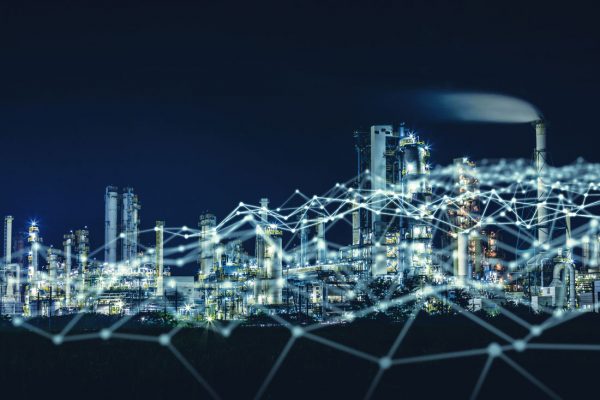
At Schneider Electric, we started looking for proof. The result is the Global Digital Transformation Benefits Report 2019 we recently published. We studied 230 digitisation projects implemented by our customers in 41 countries over the past five years using our EcoStruxure™ solutions and we found 330 quantifiable customer benefit data points.
Among the key findings of the report is the dismissal of the myth that digital transformation is an expensive upfront prospect. Our study shows that digitisation allows for faster and easier integration of systems and equipment. In addition, new data enables intelligent maintenance which, in turn, increases the longevity of assets.
And so, digital transformation drives significant savings in engineering costs and time optimisation – 35 per cent on average.
Wide Bay Water Corporation runs the state-of-the-art Nikenbah wastewater treatment plant in Queensland, Australia. Population growth and aging infrastructure were putting pressure on the corporation to expand and modernise its systems.
Turning to EcoStruxure™ to drive their digital transformation, the corporation could cut project costs. These savings were made possible by speeding engineering integration times by 20 per cent and shortening commissioning times by 25 per cent.
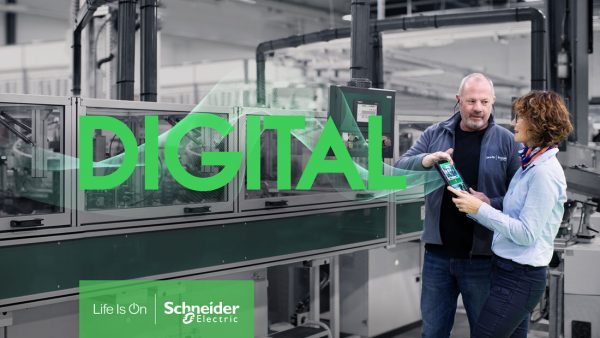
The report also uncovered evidence that digital transformation is helping businesses and organisations better manage OpEx. This is primarily through deep, real-time visibility into operational technology. Asset performance is key. Energy savings, foundational. Such intelligence, coupled with informed and timely actions, transforms productivity.
With a central dashboard, businesses can now easily locate and execute performance enhancements. The results here attest to these capabilities — Schneider Electric customers have reduced energy consumption by as much as 85 per cent.
Deep in the Mojave Desert, the United States, Edwards Air Force Base spans 470 square miles of rugged wilderness. Frequently buffeted by hurricane-strength winds and baked by extreme temperatures, the base, with its 19 runways, faced a daunting task in ensuring reliable power distribution.
The base installed EcoStruxure™ Power Monitoring Expert, a tool that offered moment-by-moment monitoring of energy use and performance. As a result, the base put into place programs that cut energy consumption by 18.1 per cent in the first year alone.
Digital transformation works – The Global Digital Transformation Benefits Report 2019 stands testament to that, offering more insights and proof. In this report, we have shared a total of 34 case studies, which include the two examples I have presented.
These case studies–supported by well-researched numbers around Capex, Opex, Business and Environmental efficiencies–offer a window into how digital transformation solves various challenges across industries.
INDESIGN is on instagram
Follow @indesignlive
A searchable and comprehensive guide for specifying leading products and their suppliers
Keep up to date with the latest and greatest from our industry BFF's!

The undeniable thread connecting Herman Miller and Knoll’s design legacies across the decades now finds its profound physical embodiment at MillerKnoll’s new Design Yard Archives.

A longstanding partnership turns a historic city into a hub for emerging talent
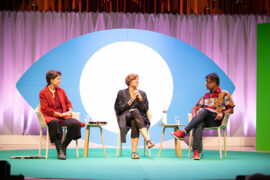
At the World Design Congress in London, a simple idea threaded through two dense days: design is not an island. It moves inside wider systems of economics, policy, finance and ecology.
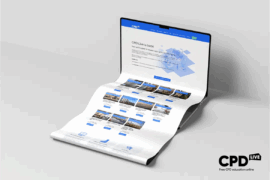
The final day of CPD Live’s 2025 season delivers three must-attend sessions exploring circular design for furniture and fitouts, and the science behind safe, high-quality drinking water. Starting from 9 AM AEDT, 16th October – it’s your last opportunity this year to join our Live CPD sessions and finish 2025 inspired.

CPD Live returns for its final live-presented season of 2025, bringing architects, designers, and specifiers a free opportunity to earn CPD points before the year ends. Kicking off at 9 AM AEDT, This Tuesday 14th October.
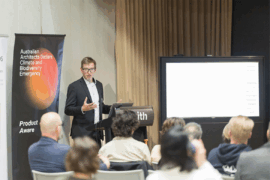
In a landscape clouded by data and greenwash, Product Aware offers architects and designers a common language for sustainability. Embraced by suppliers – including Milliken – it is setting a new benchmark for trust and bringing clarity and accountability to material specification.
The internet never sleeps! Here's the stuff you might have missed
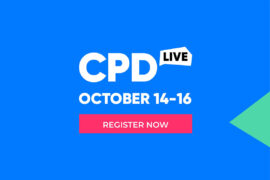
Join CPD Live from 14-16 October for three days of live, interactive education – 100% online, 100% free, and packed with insights to keep your knowledge current and earn CPD points.

In the latest collaboration between Designer Rugs and Greg Natale, the raw rigour of modernist geometries finds its most comforting articulation in the inherent softness of floor coverings.